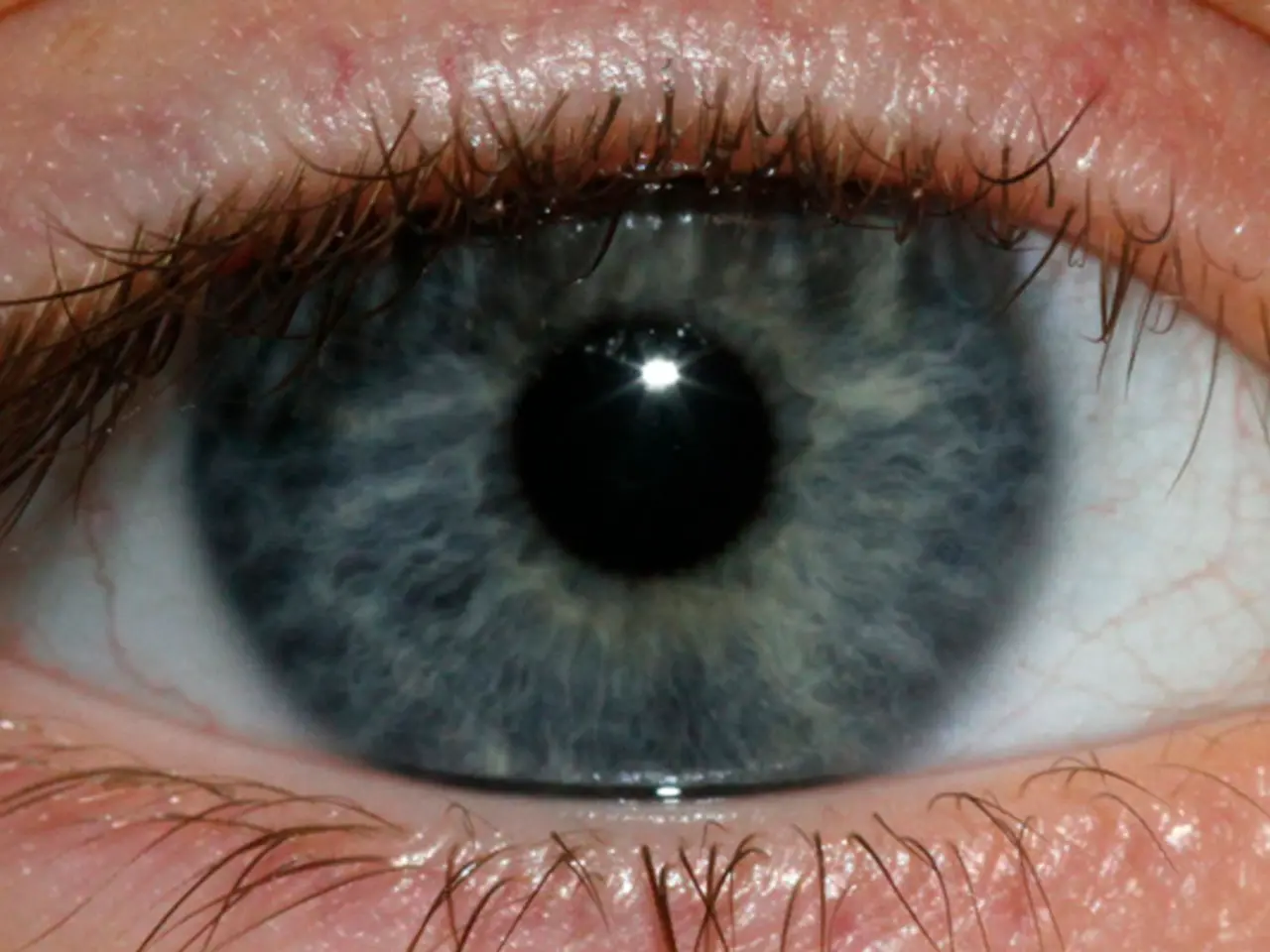Analyzing Students' Approach to Resolving Engineering Challenges through Eye Movement Data
In a groundbreaking study, researchers have used eye-tracking technology to investigate the relationship between spatial visualization abilities and problem-solving in the demanding field of mechanics of materials.
Participants were asked to solve problems on a computer screen, and their eye movements were recorded using an eye-tracker. The data collected included participants' fixation time, fixation counts, and scan paths of critical areas of each diagram.
The data was correlated with students' performance on the Purdue Spatial Visualization Test and solid mechanics problems. Preliminary results show differences in the eye gaze data of high and low performance participants, offering insight into their problem-solving strategies and difficulties.
According to the eye-mind hypothesis, people look at what they are thinking about. In this study, students with stronger spatial visualization abilities tend to exhibit more effective problem-solving strategies, spending more time focusing on critical spatial elements of diagrams and using forward planning rather than guesswork.
On the other hand, students with lower spatial ability often have more erratic gaze patterns and revisit problem areas more frequently, reflecting less effective spatial reasoning. The Purdue Spatial Visualization Test scores serve as a reliable predictor for these eye-tracking behaviors, linking spatial cognitive capacity directly to quality of problem-solving strategy in this engineering domain.
The study provides evidence that students' eye gaze data can be used to understand their problem-solving strategies and difficulties. This connection is consistent with the broader educational research indicating that spatial imagination supporting the creation, modification, and manipulation of visual and geometric representations is fundamental for success in applied problems in mechanics.
The findings offer a potential new approach for assessing students' problem-solving abilities in mechanics of materials. Instructors can use this information to tailor their teaching methods to the needs of individual students, adopting new strategies to help those with lower spatial abilities improve their performance.
Exams and homework assignments are still used to assess students' performance and comprehension of course material, but the eye-tracking data can provide additional insights into the quality of their problem-solving process. The ability to visualize abstract concepts is a factor affecting students' problem-solving abilities in these courses, and training spatial skills through targeted activities can further enhance problem-solving performance.
[1] Source: [Journal of Mechanical Engineering Education]
This research not only advances our understanding of the relationship between spatial visualization abilities and problem-solving in mechanics of materials but also offers practical applications for instructors and students alike. As the field of engineering becomes increasingly complex, understanding and developing spatial visualization skills will become increasingly important for success.
Data-and-cloud-computing technologies can be employed to store and analyze the eye-tracking data collected in this study, aiding educators in their quest for understanding students' problem-solving strategies and learning gaps. Technology in education-and-self-development, such as this eye-tracking system, can revolutionize the way instructors assess students' performance, offering tailored teaching methods for each learner based on their spatial visualization abilities. Learning from this research, students can engage in data-driven activities that focus on improving their spatial visualization skills, paving the way for a more promising future in the field of technology, education, and the demanding world of mechanics of materials.




